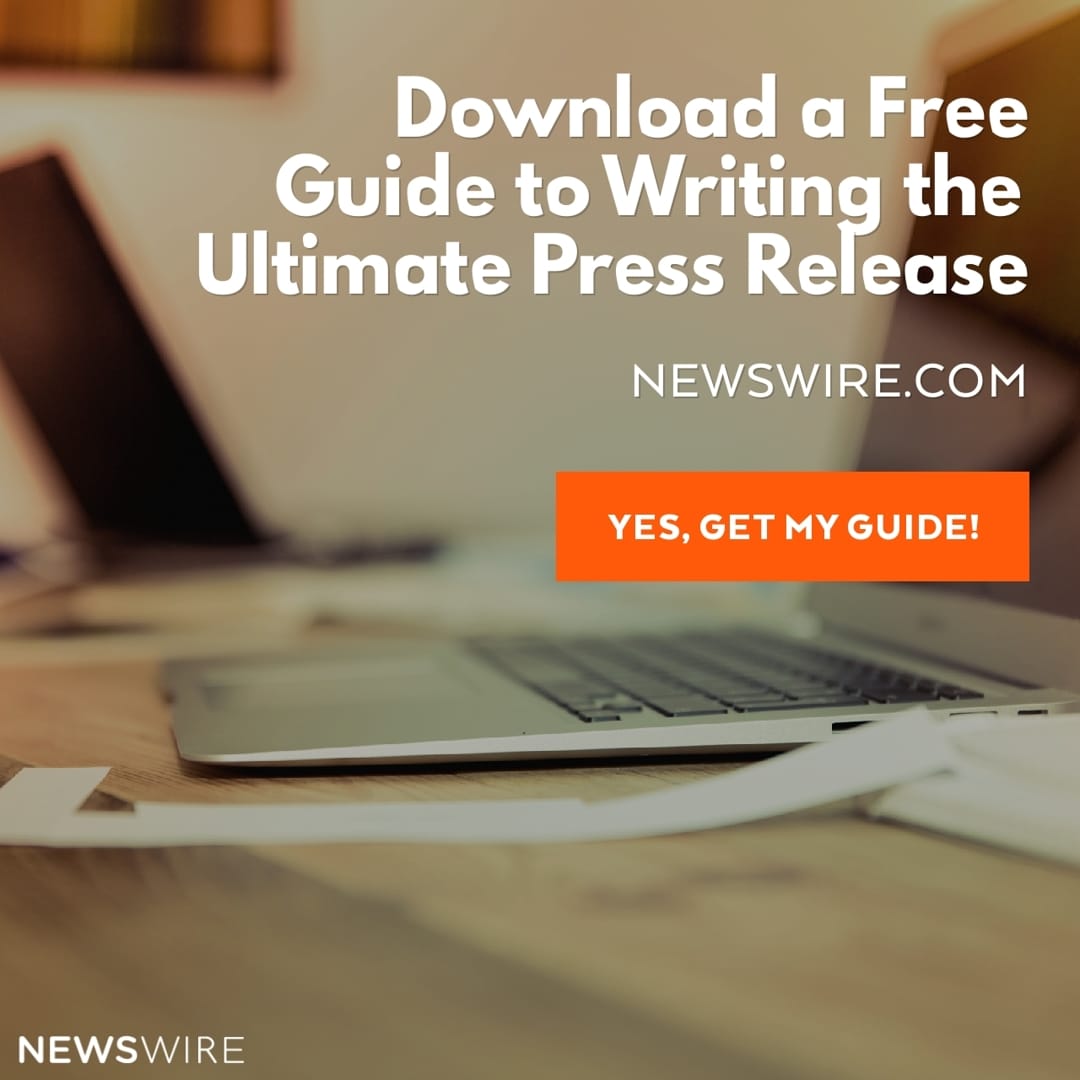
The Inverted Pyramid Approach To Writing Press Releases
The inverted pyramid approach to writing press releases compares the structure of the story to a pyramid or triangle that is upside-down, meaning that the foundation of the story comes first and then tapers off by the end of the press release. Letís look at why this approach is effective.
The Headline
The headline is the foundation of any good press release. Without a good headline, no one will never read the rest of the release. Studies related to how newspaper articles are read has shown that 100% of readers will read a headline, but only 70% will ever read the first paragraph. Only 50% will ever read a third paragraph, 30% a fourth and 10% a fifth paragraph. This being the case, it is easy to see why the inverted pyramid works well because most of the key points are at the start of the article, where they are most likely to be read. A good headline grabs attention, teases the reader to learn more, and gives some idea of what the story will be about, usually through the use of one or two keywords related to the topic.
The sub-header
In many press release distribution services, they allow a sub-header. Think of this as continuation of the tease given in the headline, a chance to clarify further, and/or a brief summary of what they can expect the story to be about,
The first paragraph
The first paragraph of most news stories and press releases will do most of the ëheavy liftingí. In journalism, students are taught the 6Ws:
Who
What
Where
When
Why
HoW
Trying to get all of these elements into the headline, subhead and first paragraph of the release is a good skill to learn and practice until it becomes second nature to you. Your release can certainly be more than one paragraph, of course, but it is important to build a solid foundation for any pyramid.
The second paragraph
The second paragraph should include anything you werenít able to fit into the first paragraph. More supporting details, such as statistics, quotations and so on can flesh out the story and keep them reading to learn more.
The “point” of the release
There should always be a key point to the release. If you are not sure, then answer the question, ìWhy should anyone care about this story?î Remember, you need to answer this in relation to both the journalists who will be reading it and their own readership, whom they will be passing it along to.
The another key point is the call to action or CTA. What do you want people to do once they have read the release? Subscribe, buy, visit the website, download the free report? Set your CTA according to your goal and be sure it is clear and enticing enough for people to do what you wish.
Time and word-saving
Journalists are more pressed for time than ever, so they will appreciate a short, sharp release with a pyramidal structure, rather than a skyscraper of sameness.
Train yourself to write in the inverted pyramid style, with a strong introduction and on-point conclusion and see what a difference it makes to your media pickups.











